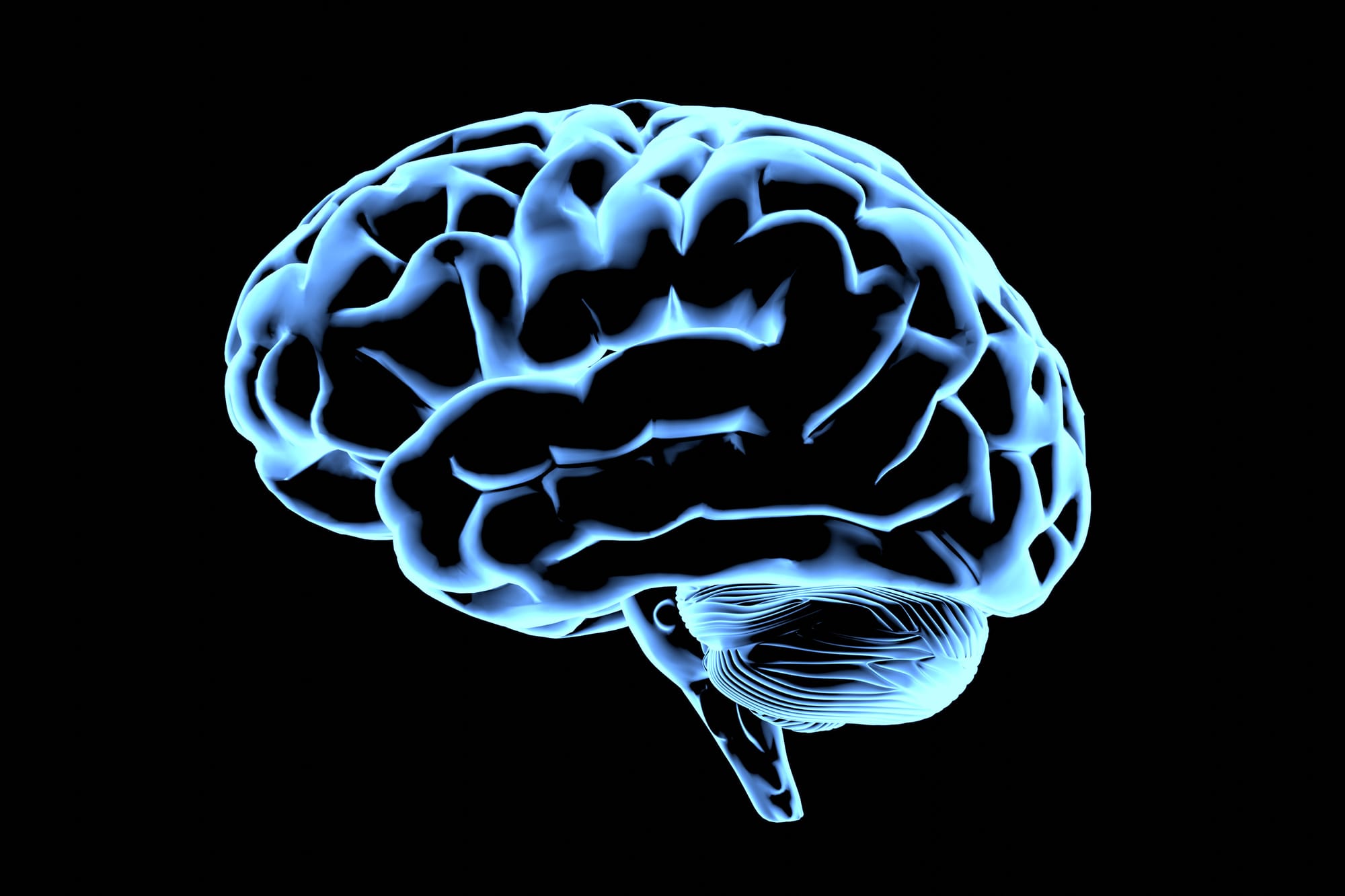A New Frontier for Brain Health

Stacking rTMS and HBOT
Modern neuroscience is rapidly uncovering how to repair and optimize the brain by combining targeted stimulation with systemic healing. Two powerful therapies — repetitive Transcranial Magnetic Stimulation (rTMS) and Hyperbaric Oxygen Therapy (HBOT) — are showing remarkable promise when applied together.While each therapy has proven benefits on its own, stacking them creates a unique synergy: HBOT provides the “fuel” (oxygen, angiogenesis, mitochondrial repair), while rTMS provides the “rewiring” (neuroplasticity, connectivity, and neurotransmitter balance). When integrated with lifestyle changes, this combination can accelerate recovery, restore function, and even slow progression in chronic brain conditions.
Mechanism of Action
rTMS uses magnetic fields to stimulate specific brain regions, enhancing synaptic plasticity, improving network connectivity, and rebalancing neurotransmitters such as dopamine, serotonin, and GABA. It also modulates glial activity, helping reduce neuroinflammation.HBOT involves breathing 100% oxygen under pressure, which increases plasma oxygen levels up to 15 times normal. This promotes angiogenesis, neurogenesis, and mitochondrial biogenesis while reducing inflammation and oxidative stress.Together, rTMS and HBOT create a fertile environment for repair: oxygen-rich, metabolically primed brain tissue that is simultaneously guided toward functional reorganization through stimulation.
Clinical Applications
1. Stroke Recovery
- Protocol: 30–40 HBOT sessions (60–90 min, 5x/week) + 20–30 rTMS sessions (5x/week).
- Expected Results: Improved motor function, speech recovery, enhanced mood and energy.
- Lifestyle Support: Daily physiotherapy and cognitive training, Mediterranean diet, restorative sleep, avoidance of smoking and alcohol.
2. Traumatic Brain Injury (TBI) & Post-Concussion
- Protocol: 40 HBOT sessions (1.5–2.0 ATA, 5x/week) + 20–30 rTMS sessions (5x/week).
- Expected Results: Reduced headaches and brain fog, better concentration, memory, and emotional stability.
- Lifestyle Support: Structured routines, ketogenic or low-carb nutrition, omega-3 supplementation, graded aerobic exercise, sleep hygiene, reduced screen overstimulation.
3. Neurodegenerative Conditions (MCI, Alzheimer’s, Parkinson’s)
- Protocol: 40–60 HBOT sessions (5x/week, then maintenance) + 20–30 rTMS sessions (5x/week).
- Expected Results: Slowed decline, improved cognition, better sleep and mood, enhanced mobility.
- Lifestyle Support: MIND diet, daily aerobic and resistance training, cognitive exercises, social engagement, deep sleep optimization.
4. Depression & Anxiety
- Protocol: 20–30 HBOT sessions (1.5–2.0 ATA, 5x/week) + 20–30 rTMS sessions targeting the prefrontal cortex (5x/week).
- Expected Results: 50–70% response in treatment-resistant depression, reduced anxiety, more stable mood and energy.
- Lifestyle Support: Regular exercise, anti-inflammatory nutrition, circadian rhythm reset with morning light, meditation, journaling, CBT practices.
5. PTSD
- Protocol: 40 HBOT sessions (1.5–2.0 ATA, 5x/week) + 20–30 rTMS sessions (5x/week, targeting DLPFC).
- Expected Results: Reduced flashbacks, hyperarousal, and anxiety; better emotional regulation and sleep.
- Lifestyle Support: Trauma-focused therapy (EMDR, somatic experiencing), high-intensity exercise or martial arts, sleep rituals, mindfulness practices, safe social reconnection.
6. Autism Spectrum Disorders (ASD)
- Protocol: 40 HBOT sessions (1.3–1.5 ATA, 5x/week) + 20–30 rTMS sessions (3–5x/week, low-frequency over prefrontal areas).
- Expected Results: Better attention, language skills, reduced irritability, improved social interaction and sleep.
- Lifestyle Support: Dietary adjustments (gluten/casein elimination if needed), omega-3 supplementation, behavioral therapy, structured sensory environments, regular physical activity.
7. Long-COVID & Brain Fog
- Protocol: 20–40 HBOT sessions (1.5–2.0 ATA, 5x/week) + 20 rTMS sessions (5x/week, DLPFC).
- Expected Results: Improved focus, memory, reduced fatigue, more stable mood and energy.
- Lifestyle Support: Anti-inflammatory diet, breathwork, graded exercise, restorative sleep, stress reduction, hydration and electrolyte balance.
The Therapeutic Triad
The integration of rTMS and HBOT highlights a fundamental principle: true brain healing requires multiple layers of intervention.
- HBOT = Oxygen & Metabolic Repair (oxygenation, mitochondrial health, angiogenesis).
- rTMS = Network Repair (plasticity, connectivity, excitability).
- Lifestyle = Consolidation (nutrition, exercise, sleep, stress, social and cognitive training).
This triad represents a comprehensive model of neuroregeneration: fuel the brain, guide its rewiring, and reinforce it daily through lifestyle.
Conclusion
Stacking rTMS and HBOT is not just about treating disease — it’s about building a new paradigm of brain care. Whether for stroke, TBI, depression, PTSD, autism, or Long-COVID, this integrative approach opens the door to profound recovery and resilience.By combining advanced therapies with evidence-based lifestyle medicine, we can accelerate healing, restore function, and optimize the brain’s remarkable capacity for renewal.